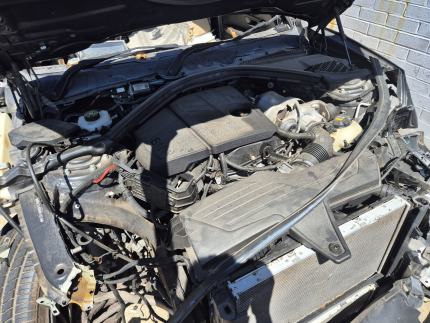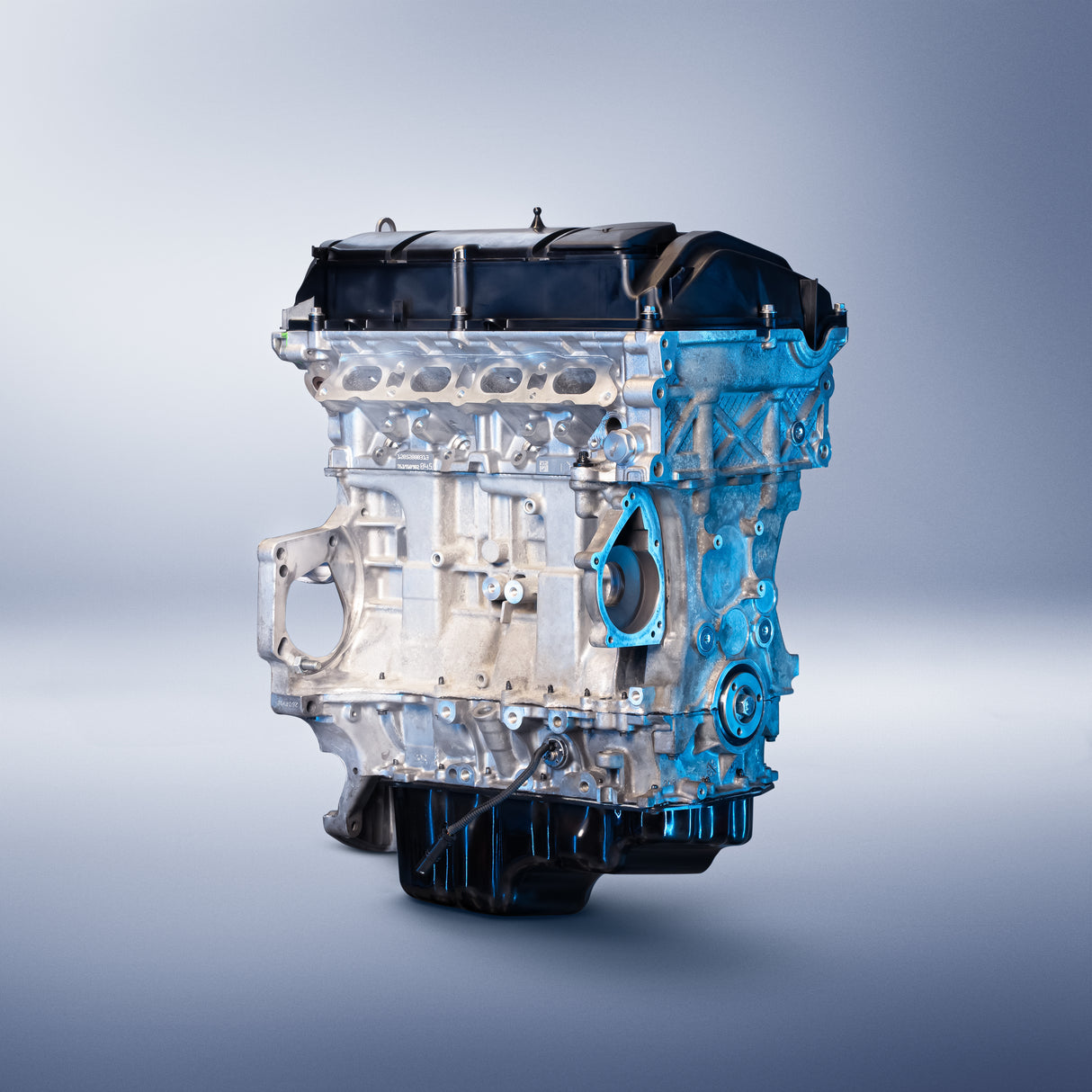Exploring the Efficiency and Requirements of the BMW N13 Engine: A Comprehensive Guide
The BMW N13 engine, introduced in 2011, represents a significant development in automotive engineering, identified by its turbocharged inline-four design and advanced technology. With an ability of 1.6 liters, it balances performance and effectiveness, using a notable series of horsepower and torque fit for various BMW and MINI models. Comprehending its full possibility calls for a better assessment of its specs, abilities, and the essential duty of upkeep in making certain optimum efficiency. What understandings can be gleaned from a detailed evaluation of this engine's applications and reliability?
Review of the BMW N13 Engine
The BMW N13 engine, which debuted in 2011, is a turbocharged inline-four powertrain made to supply both performance and efficiency. This engine becomes part of BMW's modular engine household and was mostly presented in the BMW 1 Collection and 3 Series models, amongst others. With an emphasis on compactness and weight reduction, the N13 engine incorporates innovative design methods that enhance its general performance.
The N13 engine uses a twin-scroll turbocharger, which enhances air movement and minimizes turbo lag, causing a responsive driving experience. Its direct fuel shot system further adds to boosted gas economic climate and lowered emissions, aligning with contemporary ecological standards. The engine includes a durable light weight aluminum block and aluminum DOHC cyndrical tube head, which advertises sturdiness while likewise lessening weight.
Furthermore, the N13 is created with an equilibrium of power and performance in mind, supplying enough horsepower for spirited driving without compromising fuel consumption. This twin focus makes it an attractive choice for those looking for a vibrant driving experience along with usefulness. Overall, the BMW N13 engine stands for a sophisticated blend of technology and performance, setting a benchmark in its course.
Key Requirements and Functions
With a concentrate on efficiency and efficiency, the BMW N13 engine boasts outstanding specifications that highlight its design excellence. This inline-four engine features a displacement of 1.6 liters and makes use of a turbocharger to boost power outcome while preserving fuel efficiency. The N13 engine is set up with a DOHC (Double Overhead Camshaft) arrangement and uses Valvetronic modern technology for variable valve timing, contributing to optimum efficiency across numerous driving problems.
Key specs include an optimal power outcome of roughly 136 horse power at 4,500 RPM and a peak torque of around 220 Nm offered from 1,250 to 4,300 RPM. This engine is made with a light-weight aluminum building and construction, making sure minimized weight and improved thermal effectiveness. Additionally, the N13 engine works with both gas and bio-fuels, permitting flexibility in gas options.
The engine is coupled with either a 7-speed dual-clutch or a 6-speed handbook transmission, allowing smooth gear changes and enhancing the general driving experience - BMW N13 Engine. With these key specs and functions, the BMW N13 engine exemplifies a mix of performance, performance, and modern design, making it a significant selection in the automobile market
Efficiency Capacities and metrics

The N13 engine features BMW's Double Scroll turbocharging modern technology, which improves throttle action and minimizes turbo lag, supplying a seamless power distribution. Its sophisticated straight fuel shot system optimizes burning effectiveness, adding to boosted gas economic climate and reduced discharges, crucial for meeting modern ecological standards.

Applications in BMW Models

In the 1 Series, the N13 engine sustains designs such as the 116i and 114i, supplying perky velocity while keeping commendable fuel economy. The engine's responsive turbocharging enhances the driving experience, making it ideal for city travelling and vibrant driving situations. Similarly, in the 3 Collection, the N13 is used in the 316i version, where it adds to a well-rounded efficiency profile that straightens with BMW's reputation for flashy yet functional automobiles.
Past these core models, the N13 engine has actually likewise been included in various MINI lorries, additionally showing its versatility and effectiveness. The integration of this engine across various platforms highlights BMW's dedication to development and efficiency, making sure that customers obtain a refined driving experience no matter of design selection. This flexibility notes the N13 engine as a considerable component of BMW's design profile.
Maintenance and Dependability Insights
Ensuring the long life and efficiency of the BMW N13 engine calls for regular upkeep and interest to specific elements. Trick locations that demand routine evaluation consist of the oil and cooling down systems, as visit these directly influence engine performance and overall integrity. Engine oil ought to be altered at periods recommended by BMW, normally every 10,000 to 15,000 kilometers, using high-quality synthetic oils to guard versus wear and down payments.
The N13 engine is also known for its turbocharged arrangement, which requires mindful monitoring of the turbocharger's health. Normal look for increase leakages and wastegate feature can protect against possible failings. Additionally, the timing chain should be examined regularly, as it is understood to experience wear with time, which can lead to serious engine damage if not attended to quickly.
In addition, digital parts and sensing units need to not be overlooked; routine diagnostics can help in identifying any issues prior to they intensify. Following a structured upkeep schedule and making use of OEM components for substitutes will dramatically enhance the engine's reliability, making certain that it continues to be a durable performer throughout its life expectancy. Eventually, persistance in upkeep will not just copyright performance however also lengthen the engine's operational life.
Conclusion
In verdict, the BMW N13 engine exemplifies innovative engineering with its turbocharged inline-four arrangement, delivering a mix of power and efficiency. Normal maintenance is imperative for maintaining the engine's efficiency and longevity, ensuring it continues to be a competitive choice in the vehicle market.
The BMW N13 engine, which debuted in 2011, is a turbocharged inline-four powertrain designed to provide both performance and efficiency.With an emphasis on performance and performance, the BMW N13 engine flaunts excellent specifications that highlight its design excellence.Building upon the excellent requirements described, the performance metrics and abilities of the BMW N13 engine further highlight its staminas in real-world applications. Overall, the BMW N13 engine showcases an engaging mix of efficiency and performance, making it a noteworthy contender in the portable engine section.
Guaranteeing the durability and efficiency of the BMW N13 engine requires normal maintenance and interest to certain components.